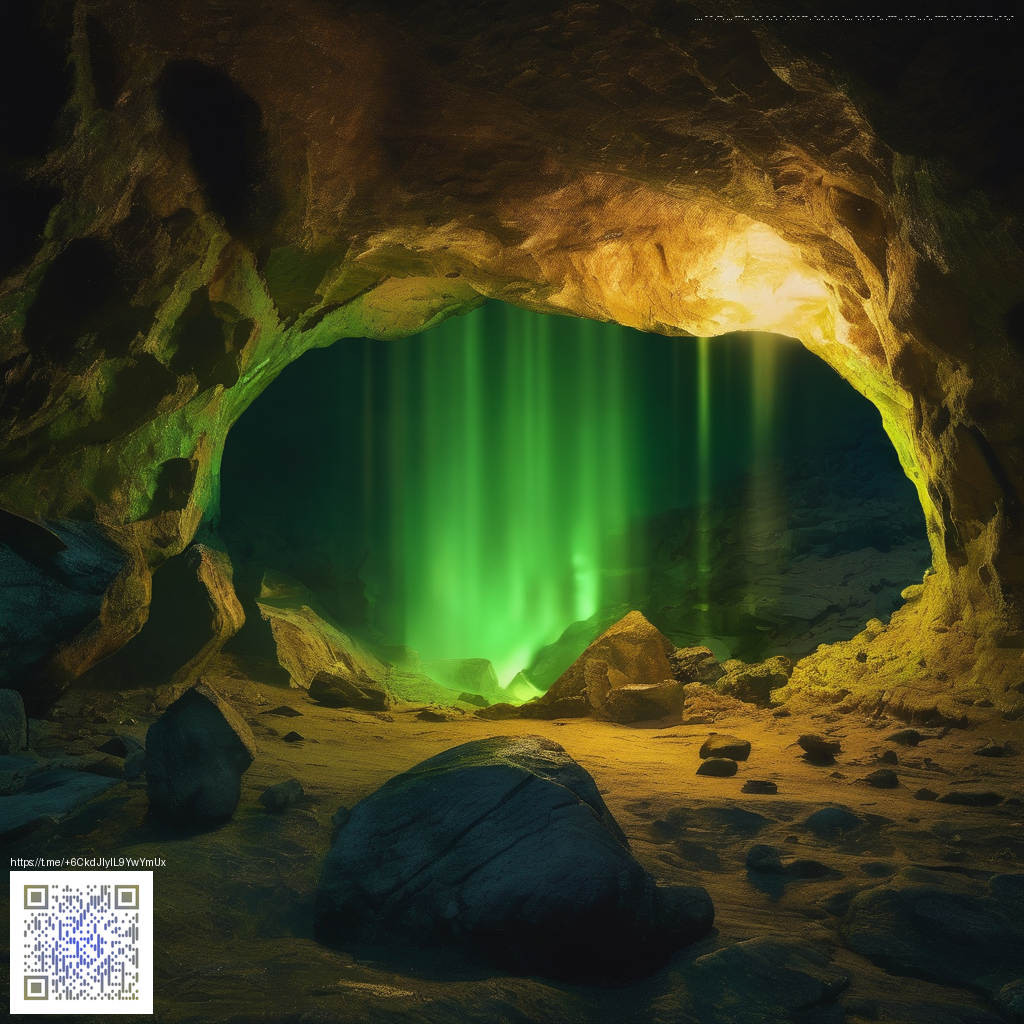
Subtle Textures That Boost Typography Readability
Typography is more than font choice and line length; it lives on a surface. Subtle textures—when used with care—can guide the reader’s eye, reduce digital glare, and create a sense of depth that makes long passages feel less like a slog. Think of texture as ambient scaffolding for letters: it lends cadence to blocks of text without stealing attention from the words themselves. In practice, the right texture adds warmth, contrast, and structure, helping readers scan headlines, follow paragraphs, and absorb information with a steadier rhythm.
For designers and writers alike, the challenge is to balance texture with legibility. Large, bold headings may benefit from a slightly stronger surface behind them, while body text usually shines best with the plainest possible background. Subtle textures shine when they stay monochromatic or harmonize with the page’s color family. The goal is to soften the empty space just enough to ease the eye, not to blur the letters into a murky haze.
Understanding Texture in Practice
When texture is applied at a very low density, it creates micro-contrast that readers subconsciously notice as they glide through lines. This is especially valuable on screens, where glare and flicker can fatigue the eye. The trick is to keep the pattern behind text or in surrounding panels at a level that supports readability rather than competes with it. In print, textures can add tactile depth to margins and captions while keeping the ink density high enough for crisp letterforms. Across both media, test texture at typical reading sizes and contexts—desktop, tablet, and phone—to ensure your letterforms stay sharp and legible even at smaller scales.
Texture Patterns Worth Considering
- Grain and subtle noise: gentle specks that soften glare on screens while preserving letter crispness.
- Linen or fabric-inspired textures: a refined backdrop that helps paragraphs feel grounded without competing with type.
- Parchment-like finishes: warmth for print pieces, giving a classic feel without sacrificing contrast.
- Soft geometric patterns: tiny grids or diagonal lines at low opacity to create a quiet sense of structure.
- Monochrome, low-contrast palettes: textures that stay close to the background hue to avoid stealing attention from the text.
In practice, consider where texture adds value: behind body text on article pages, as subtle panels in cards, or as a backdrop for headings and callouts. The texture should set the pace for reading, not interrupt it. When designing for accessibility, always verify that the texture maintains sufficient contrast with the text and that it remains readable under diverse lighting conditions. A well-chosen texture can reduce cognitive load by giving the eye natural wayfinding cues—leading readers smoothly from headline to paragraph to conclusion.
As you experiment with textures in your workspace, a tactile, distraction-free surface can sharpen your typography tests. A neoprene mouse pad — round or rectangular, one-sided print — offers a durable, consistent surface that doesn’t compete with your typography experiments. Learn more about this practical accessory here: Neoprene mouse pad.
For readers who want a broader perspective on how texture interacts with typographic choices, a related exploration can be found online. A concise reference discusses similar ideas and examples that align with the texture-focused approach described here: related article on textures and readability.